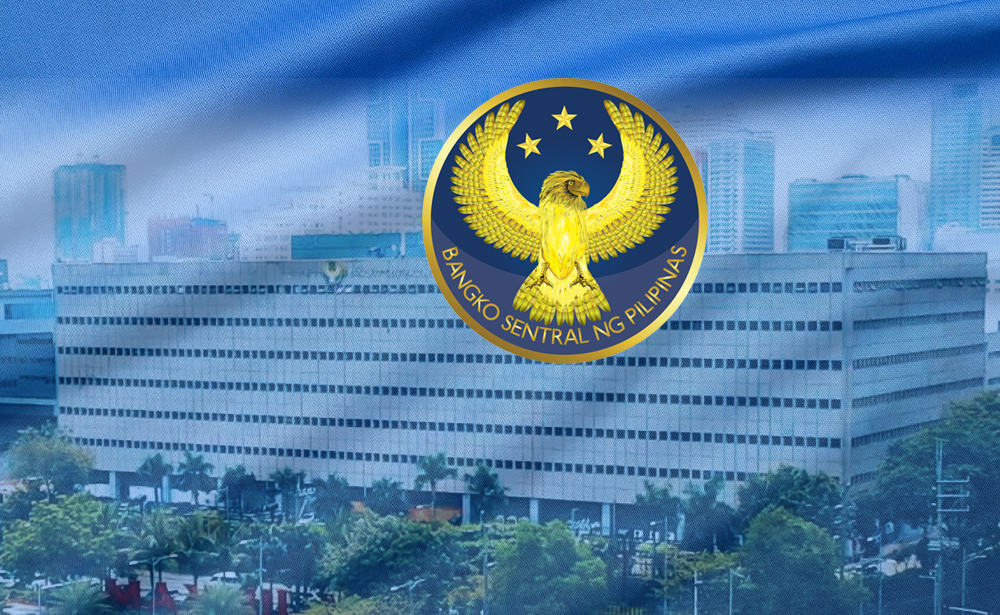The banking sector’s bad loans or non-performing loan (NPL) ratio rose to an eight-month high in July even as credit growth moderated, data released by Bangko Sentral ng Pilipinas (BSP) on Friday showed.
The gross NPL ratio reached 3.4 percent in July, up slightly from 3.34 percent in June but lower than 3.58 percent a year earlier. It was the highest since November 2024, when the ratio stood at 3.54 percent.
In peso terms, total NPLs increased by 5.4 percent to P535.45 billion from P508.11 billion a year earlier. Industry loan portfolios, however, expanded by 11 percent to P15.77 trillion from P14.2 trillion.
NPLs are loan accounts whose principal or interest remain unpaid for 30 days or more after falling due.
John Paolo Rivera, senior research fellow at the Philippine Institute for Development Studies, said the uptick reflected “delayed effects of tighter credit conditions earlier in the year, combined with a likely shift toward riskier lending as rates started easing.”
He warned that while lower rates may encourage repayment, they could also tempt borrowers into riskier loans, particularly consumer credit where delinquencies are higher. Rivera added that NPLs could climb further in the coming months as banks rebalance their consumer portfolios.
BSP data also showed that lending growth slowed in July. Universal and commercial banks’ outstanding loans rose 11.8 percent year-on-year to P13.57 trillion, easing from 12.1 percent in June.
Productivity loans rose 10.8 percent to P11.49 trillion, compared with 11.1 percent the previous month.
By sector, lending to electricity, gas, steam and air-conditioning supply surged 30.3 percent to P1.69 trillion; real estate credit rose 10.7 percent to P2.73 trillion; and loans to financial and insurance activities climbed 13.1 percent to P1.09 trillion.
Consumer loans expanded 23.6 percent to P1.76 trillion, slightly slower than June’s 24 percent increase. This category includes credit card receivables, auto loans and salary loans.
Separately, the BSP reported that domestic liquidity, or money supply, increased by 6.2 percent to P18.6 trillion in July, faster than 5.9 percent in June.
The central bank said money supply growth remains aligned with its goal of supporting price and financial stability.





